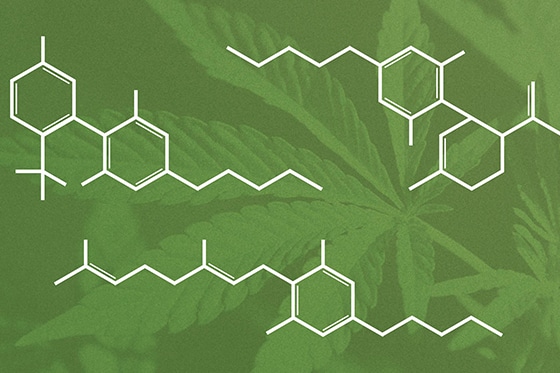
The endocannabinoid system (ECS) is a complex cell-signaling system in our bodies that plays a crucial role in maintaining overall health and balance. Although it may sound like a mouthful, understanding the ECS is important because it has a significant impact on many physiological processes. In this blog post, we’ll break down the endocannabinoid system in layman’s terms, so everyone can grasp its importance.
- What is the Endocannabinoid System (ECS)?
- The ECS is a network of receptors, signaling molecules, and enzymes that work together to help our bodies maintain a state of balance or homeostasis. This means that the ECS helps to regulate various functions, such as mood, appetite, sleep, pain, and immune response, ensuring that our bodies function optimally.
- Key Components of the ECS
- The ECS is composed of three main components: endocannabinoids, receptors, and enzymes.
a) Endocannabinoids: These are naturally occurring compounds in our bodies that are similar in structure to the active compounds found in cannabis plants, such as THC and CBD. The two primary endocannabinoids are anandamide and 2-arachidonoylglycerol (2-AG).
b) Receptors: Endocannabinoids interact with specific receptors in our bodies, primarily CB1 and CB2 receptors. CB1 receptors are mainly found in the brain and central nervous system, while CB2 receptors are more common in the immune system and peripheral tissues.
c) Enzymes: Enzymes are responsible for synthesizing and breaking down endocannabinoids, ensuring that they function correctly and are present in the right amounts. The two primary enzymes involved in this process are fatty acid amide hydrolase (FAAH) and monoacylglycerol lipase (MAGL).
- How the ECS Works
- When there’s an imbalance in our bodies, such as inflammation or stress, the ECS jumps into action. Endocannabinoids are produced on-demand and bind to CB1 or CB2 receptors, depending on the specific issue. This binding sends signals to cells, which then respond by working to restore balance. Once the issue has been addressed, enzymes break down the endocannabinoids, preventing them from causing excessive effects.
- The Role of CBD in the ECS
- Cannabidiol (CBD), a non-psychoactive compound found in cannabis plants, can also interact with the ECS. Although it doesn’t bind directly to CB1 or CB2 receptors like endocannabinoids, it can influence their activity. For example, CBD can inhibit the enzyme FAAH, resulting in higher anandamide levels. This can lead to a variety of effects, such as reduced pain and inflammation.
The endocannabinoid system is an essential part of our bodies, working tirelessly to maintain balance and ensure optimal functioning. By understanding the basics of the ECS, we can better appreciate how it impacts our health and how compounds like CBD can potentially support this vital system. As research continues to explore the full potential of the ECS, we can expect exciting new insights and therapeutic possibilities in the future.












